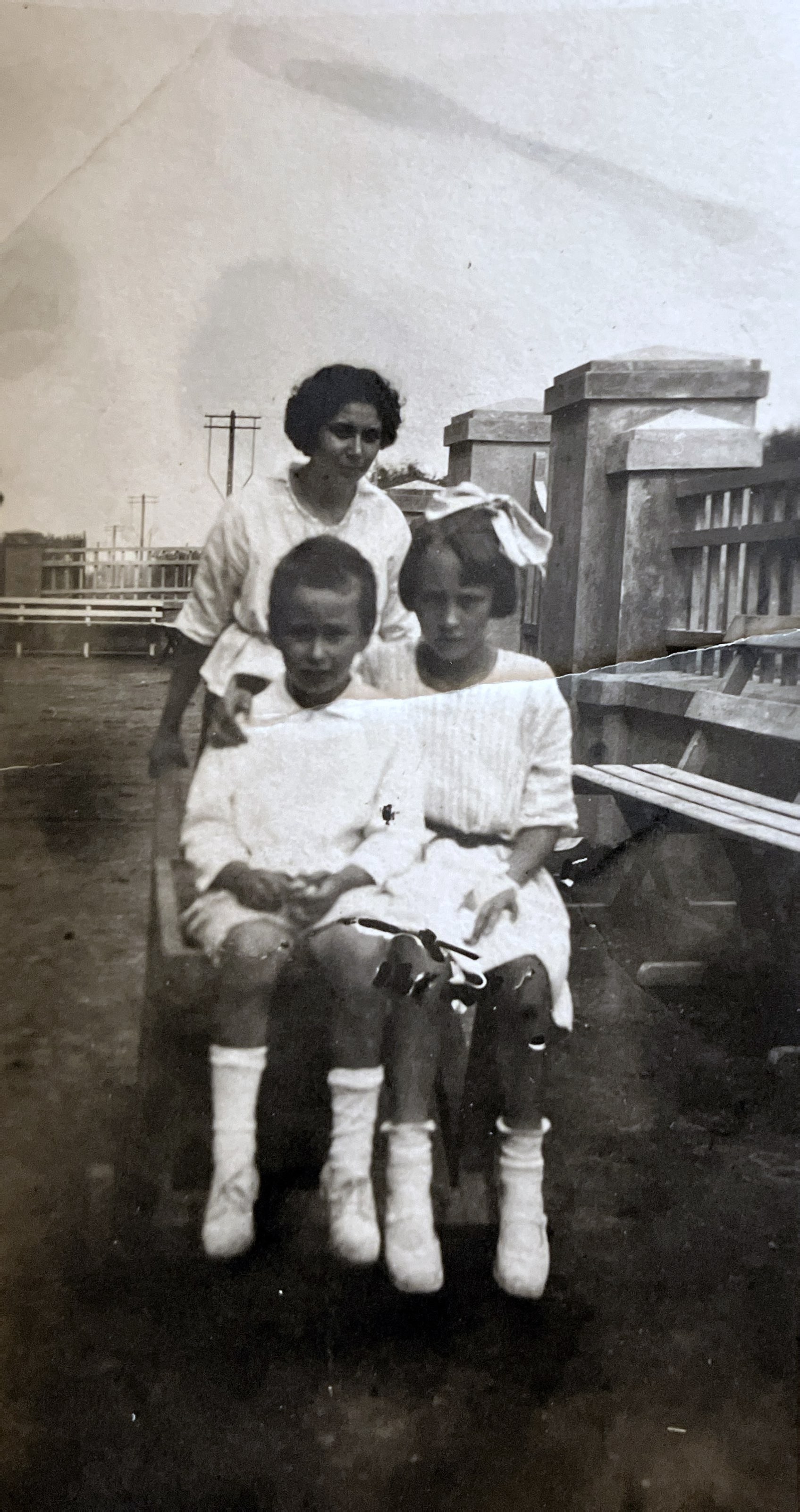
Russians in China

In 1917, following the Russian Revolution, many “White Russians”—supporters of the Czar and typically from the upper and middle classes—fled Russia, knowing that staying behind could lead to imprisonment or worse, execution. While wealthier Russians with European connections often sought refuge in countries like France or England, the middle class, including my family, tended to head to China.
Their first stop was often the northern city of Harbin. Before 1917, Harbin had a population of around 68,549, but with the collapse of the Czarist regime, an estimated 200,000 White Russian refugees flooded the city. The sudden influx strained the city’s resources, with not enough jobs or supplies to support the growing population. As a result, many Russians moved south, settling in cities such as Shanghai and Hankou (now part of Wuhan).
In 1923, the situation worsened when the Chinese government formally recognized the Soviet Union, leaving Russians in China “stateless.” No longer having passports or any governmental protections, they found themselves in an even more precarious position. Jobs were scarce, and many fell into poverty. During this difficult period, some former Russian soldiers and nurses found work as mercenaries for various Chinese warlords.
Despite the challenges, the Russian community remained strong, supporting one another as best they could. However, many eventually left China before the establishment of the People’s Republic of China in 1949.